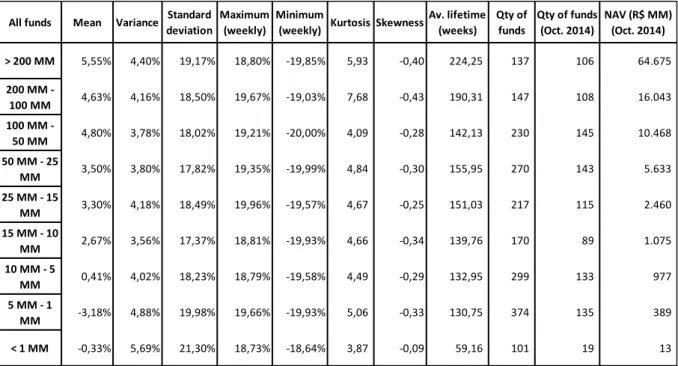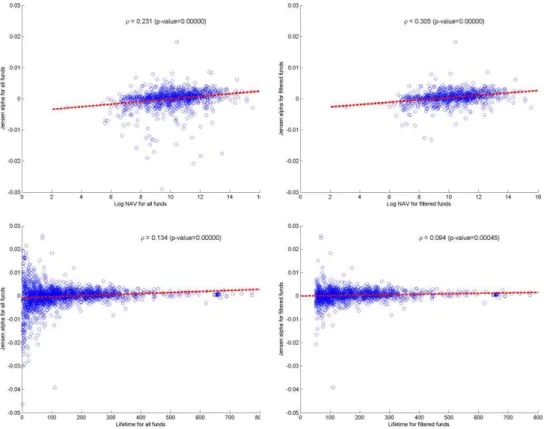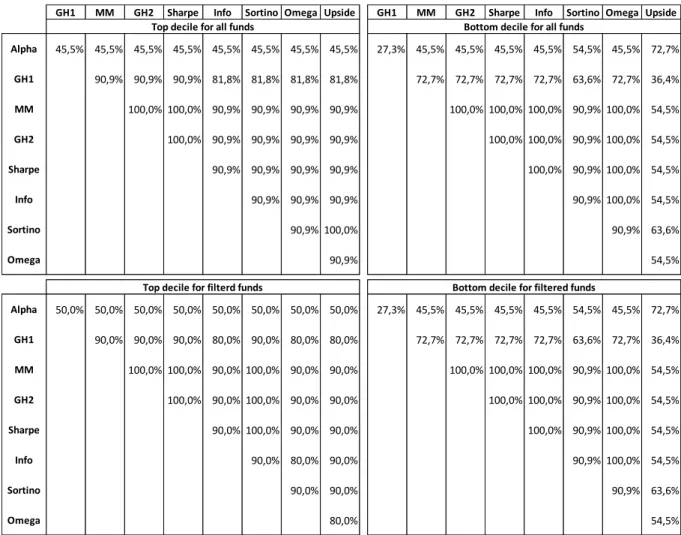Brazilian equity mutual funds: a general outlook based on performance
Texto
Imagem




Documentos relacionados
phylogenetic species [34]. So far, the sexual phase of the ascomycete P. brasiliensis was not reported limiting our knowledge about the mechanisms that contribute to its
comparável a de um custo fixo. 3) Modelo de selecção adversa (Stiglitz (1976b) e Weiss (1980): As empresas, quando recrutam novos trabalhadores, revelam grandes dificuldades
Adicionalmente, um outro contexto, informal, situado no mesmo espaço de trabalho da equipa do CDIJ Oriental, mas no qual ocorriam os almoços descontraídos das educadoras, a
O produtor que pretende ter esta certificação tem de fazer as mudanças necessárias, que passam por investimentos na formação dos seus colaboradores, em criar meios para permitir
Este instrumento de colheita de dados, integra três domínios da saúde a saber, cuidados de saúde, promoção da saúde e prevenção da doença e ainda, quatro níveis de processamento
No que se re- fere à principal palavra ou expressão que descreve a ausên- cia do homem (pai) no trabalho de parto e nascimento, utili- zadas pelo próprio, as respostas são apenas seis
Segundo Ausubel, apud Moreira (2012), o conhecimento prévio é a variável isolada mais importante para a aprendizagem significativa de novos conhecimentos, ou seja, os
In the ocean, the variability of environmental conditions found along depth gradients exposes populations to contrasting levels of perturbation, which can be reflected in the





